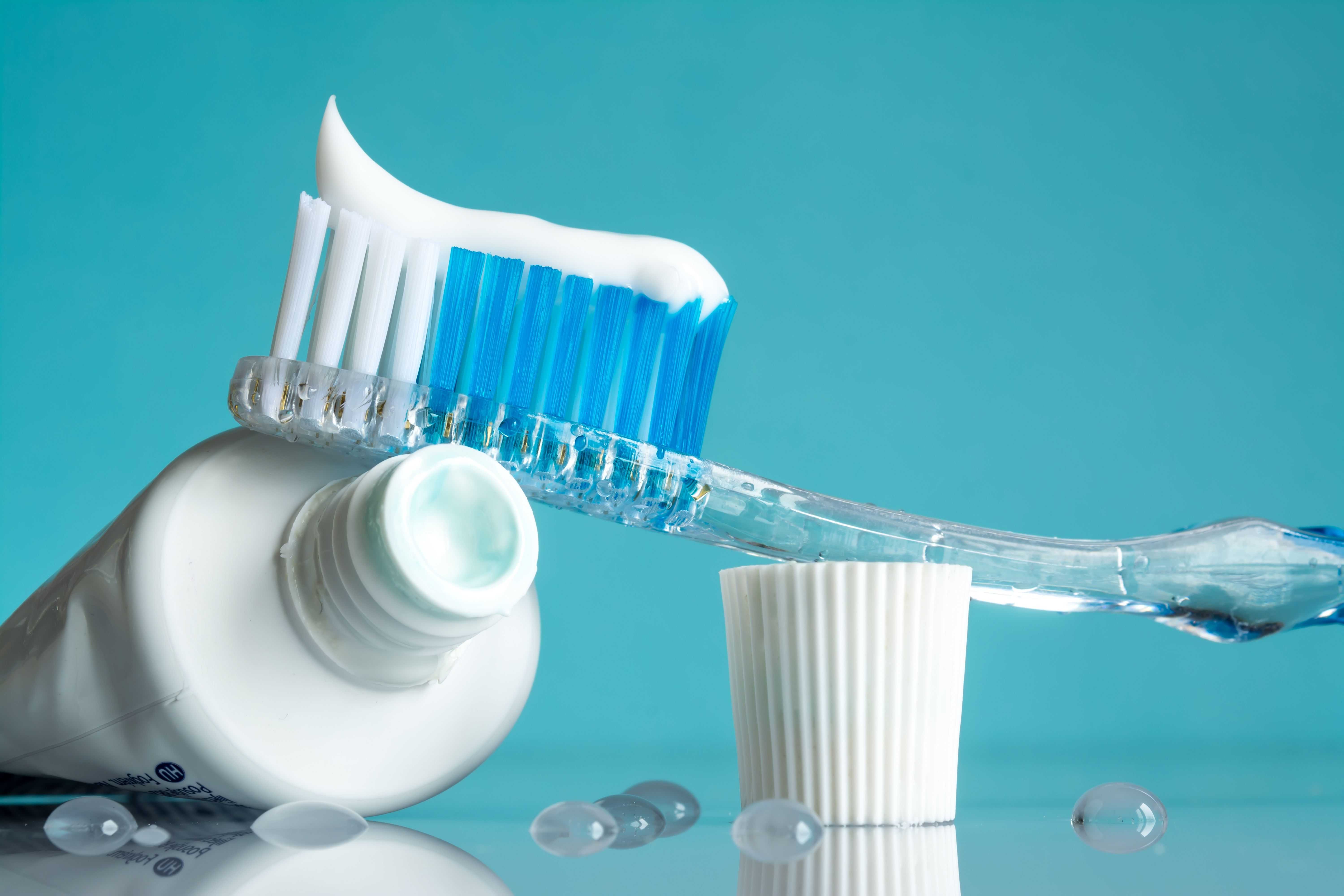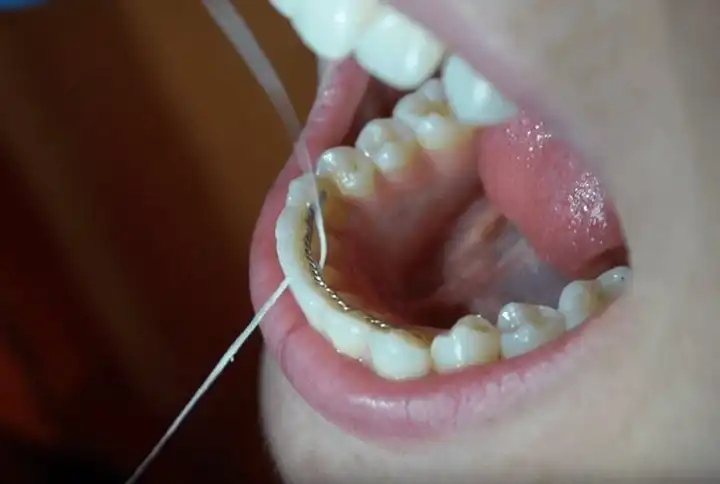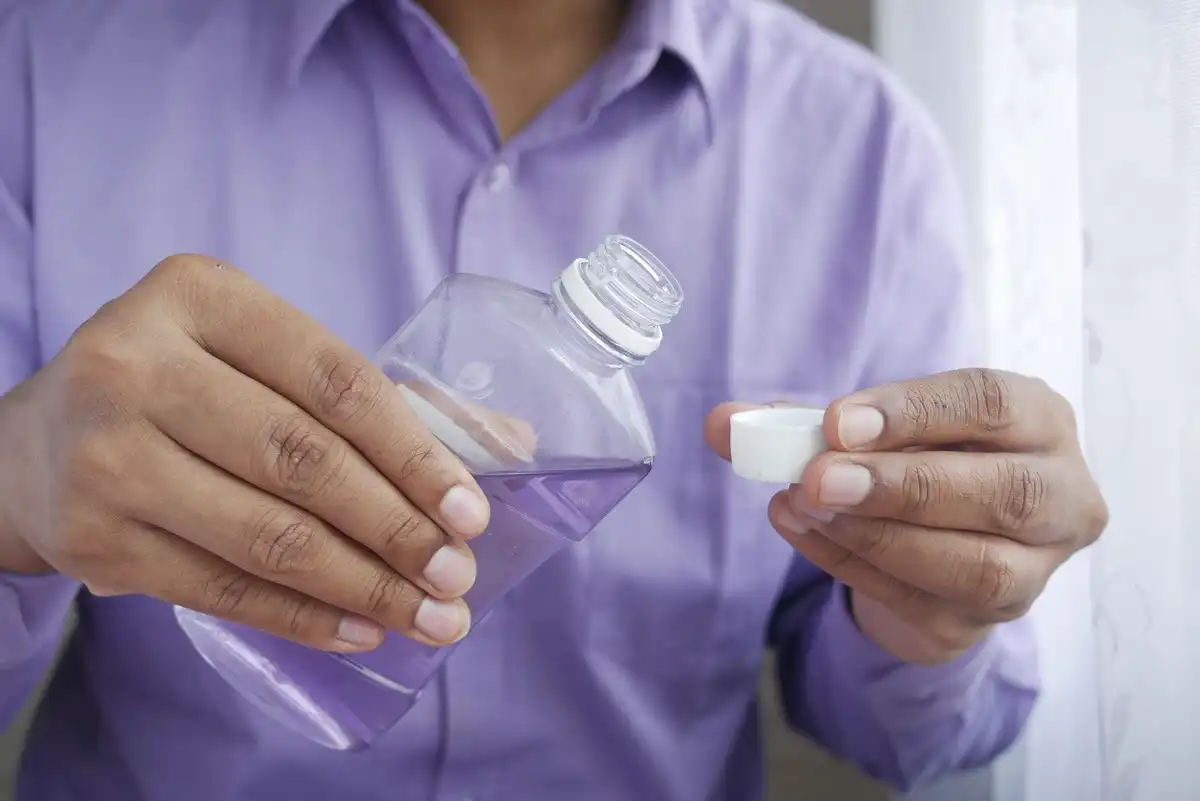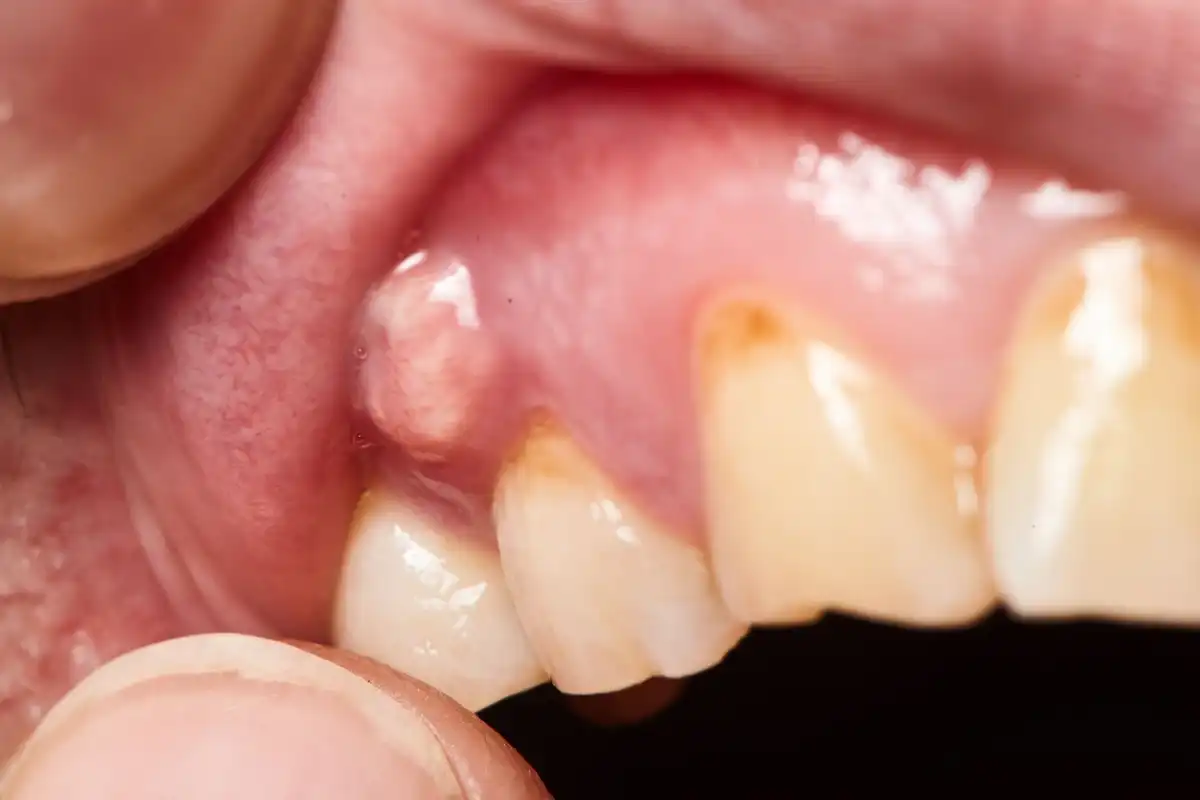Sodium Fluoride vs. Stannous Fluoride | Which Is Best?


Did you know that there were different types of fluoride in toothpaste and professional dental products? For example, sodium fluoride vs. stannous fluoride. They’re both a type of fluoride mineral, but like other types of vitamins and minerals, fluoride comes in varying forms. That’s why you have so many different options when you go to the store.
Why Are There So Many Types Of Fluoride Toothpastes?
Topical application of fluoride directly onto the teeth—like in the form of a toothpaste or oral rinse—is a great way to help prevent tooth decay, which is why it’s one of the key ingredients in reputable toothpaste brands.
To put it simply, fluoride helps remineralize tooth enamel. That means if plaque has begun etching away at the tooth, the fluoride can help reverse the demineralization process before a physical hole forms in your enamel. However, some types of fluoride in toothpaste interact with bacteria differently, and that’s why they’re not all the same. We also see that fluoride can help manage symptoms related to tooth sensitivity and gingivitis, depending on which type of fluoride is in your toothpaste (they don’t all do the same thing.)
What Are The Different Types Of Fluorides Used In Toothpaste?
Having different varieties of fluoride makes it possible to treat more specific oral health concerns, such as whitening-induced tooth sensitivity, being at a high cavity risk, or chronic gingivitis. Dentists will pick and choose from each fluoride type as it best fits the needs of their patients. Generally speaking, stannous fluoride tends to help more dental issues all at one time, which is why it’s one of the most common types of fluoride in toothpaste you find at the store.
1. Sodium Fluoride
You’ll also find sodium fluoride in products like ACT anti-cavity rinse and LISTERINE anti-cavity mouthwash because of how well it works as a liquid solution. Unlike sodium fluoride toothpaste, fluoride mouth rinse can access hard-to-reach spaces that might benefit from additional fluoride.
Benefits
“Neutral” versions of sodium fluoride are ideal for patients who have tooth-colored dental restorations like white fillings and crowns. It’s also helpful in managing and preventing gingivitis, tooth sensitivity, and plaque buildup on teeth.
2. Stannous Fluoride
Stabilized stannous fluoride is another extremely common type of fluoride found in toothpaste. And unlike sodium fluoride, stannous fluoride has antimicrobial properties which do more than just combat tooth decay. It also helps manage, prevent, and treat gingivitis because of how effective it is on plaque biofilm levels. The germ-fighting properties make it an ideal all-around toothpaste ingredient. That’s why some people say it’s the best fluoride to use.
Benefits
When delivered in foam form (like those tray type fluoride treatments at your dentist’s office) you can use as much as 75% less fluoride to treat your teeth. Fluoride treatments can be a huge benefit for children who might be more likely to accidentally swallow some fluoride compared to adults.
3. Sodium Monofluorophosphate
Slightly different from sodium fluoride, sodium monofluorophosphate uses different molecular compounds that are activated by specific enzymes in your saliva. You’ll find it in toothpaste lines from brands like Trader Joe’s, Tom’s of Maine, Hello, Biotene, and several others.
Benefits
Cons
If you suffer from dry mouth, you might not have enough saliva enzymes for this type of fluoride to work as effectively. This type of fluoride isn’t usually supposed to be used for long-term purposes, or really even more than four weeks at the most, unless directed by your dentist.
4. Amine Fluoride
Benefits
Cons
Studies show that amine fluoride works best when it’s combined with stannous fluoride, as opposed to just using it on its own. To be effective, experts recommend using both amine fluoride in toothpastes and oral rinses simultaneously.
What’s The Difference Between Stannous Fluoride And Sodium Fluoride?
Both stannous fluoride and sodium fluoride can help strengthen teeth. But stannous fluoride tends to be more resilient against plaque and the other bacterial acids in your mouth.
Although physically brushing your teeth with a toothbrush will remove the plaque responsible for gingivitis and dental decay, stannous fluoride takes things a bit further. This is important for people who are more prone to having red, bleeding, or swollen gums, not to mention a past track record of recurring cavities.
Sodium fluoride is better than no fluoride, but it just isn’t as effective as stannous fluoride when you compare them side-by-side.
How Does A Toothpaste With Stannous Fluoride Work Better Than The Rest?
Since stannous fluoride toothpaste can stand up better to oral bacteria, it is better to use than sodium fluoride in most cases. Most importantly, stannous fluoride’s antimicrobial properties literally fight off the germs responsible for causing cavities while also remineralizing your teeth. That means it helps manage gingivitis symptoms in addition to its anti-cavity benefits.
If you have sensitive teeth, your toothpaste will likely have stannous fluoride in it because of how effective it is against tooth hypersensitivity. This type of fluoride helps both desensitize the tiny nerve endings across tooth surfaces or seal up the tiny tubules (“pores”) that house them.
Can Stannous Fluoride Stain Teeth?
Is Stannous Fluoride Good for Sensitive Teeth?
100% yes. Stannous fluoride is known for sealing off the pores/tubules in your tooth enamel. These tiny openings each contain microscopic nerves that sense things like temperature changes. And if you have exposed root surfaces because of gum recession, tooth sensitivity can feel even more severe.
Stannous fluoride helps combat sensitive teeth when used routinely. In most cases, sensitive toothpaste needs to be used for at least two weeks to achieve full results.
Does Stannous Fluoride Have Antibacterial Properties?
Yes. Stannous fluoride interferes with dental plaque on the molecular level, limiting buildup on teeth and along the gums. It’s also more resilient than sodium fluoride when it comes to standing up against the acid levels of cavity-causing bacteria.
Scientists have found that when it comes to sodium fluoride vs. stannous fluoride, the stannous fluoride helps stabilize pH levels inside of your mouth more effectively, lowering your risk of cavities even more.
What Percentage Or Concentration Of Fluoride Should We Look For In Toothpaste?
The concentration levels will vary when it comes to the types of fluoride in toothpaste or treatments with your dentist. Sodium fluoride vs. stannous fluoride amounts are not the same, since both types work differently on teeth. And depending on whether the oral product is a toothpaste or a rinse, the levels will also fluctuate.
Which Type of Fluoride Is Best For Kids?
Given the advantages of stannous fluoride over sodium fluoride, it’s best to look for stannous types of fluoride in toothpaste, regardless of which family member is going to be using it.
The ADA dose recommendations of fluoride toothpaste are the same for adults and children alike: a pea-sized amount of toothpaste twice a day. Not a kidney bean size. Not so much that it’s spilling over the edges of your entire toothbrush. Just a pea size.
For young children (like toddlers) who cannot spit the toothpaste out, the ADA recommends using a tiny smear of toothpaste that’s the size of a grain of rice. That way, if any is accidentally ingested, it’s nothing to be concerned about.
The main issue with high fluoride doses is when they are ingested. As with any other vitamin or mineral, this can lead to gastrointestinal distress, not to mention mineral changes during tooth development (in children, obviously.)
Read The Back Of Toothpaste Packages
Reading labels can be a challenge for some of us. Fortunately, with toothpaste, there are just a couple of things to look for. When you know what ingredients need to be there, it’s an easy “yes” or “no” for you as a consumer.
The first and easiest option is to look for a fluoride toothpaste that has an “ADA Seal of Acceptance” on the label. That’s the big black and white box with “ADA” on it. It takes about five years for a toothpaste brand to qualify for this seal, so once you see that, you know you’re good.
If it’s a newer toothpaste brand or something alternative/holistic, that seal isn’t going to usually be there. So, you’ll want to look for is “fluoride” printed on the front of the package (which is normal for things containing active ingredients.) If you don’t see it there, flip the box over and look at the ingredients list. Specifically, active ingredients. Do you see stannous fluoride listed? Any fluoride? No? Put it back and get something else!
Talk To Your Dentist
Picking the best fluoridated toothpaste isn’t rocket science. Still, the varieties and types of fluoride in toothpaste can easily create confusion. When in doubt, try to go with stannous fluoride instead of sodium fluoride for your toothpaste. Or better yet, ask your dentist which type of toothpaste they recommend.
All fluoride is not created equal. Your dentist can help you pick the best toothpaste not just based on the type of fluoride it uses but other ingredients as well. People with sensitive teeth, enamel staining, or chronic gingivitis can all benefit from different products. Ask your dentist or hygienist for their recommendations during your next checkup!

Make your inbox smile!
Subscribe






